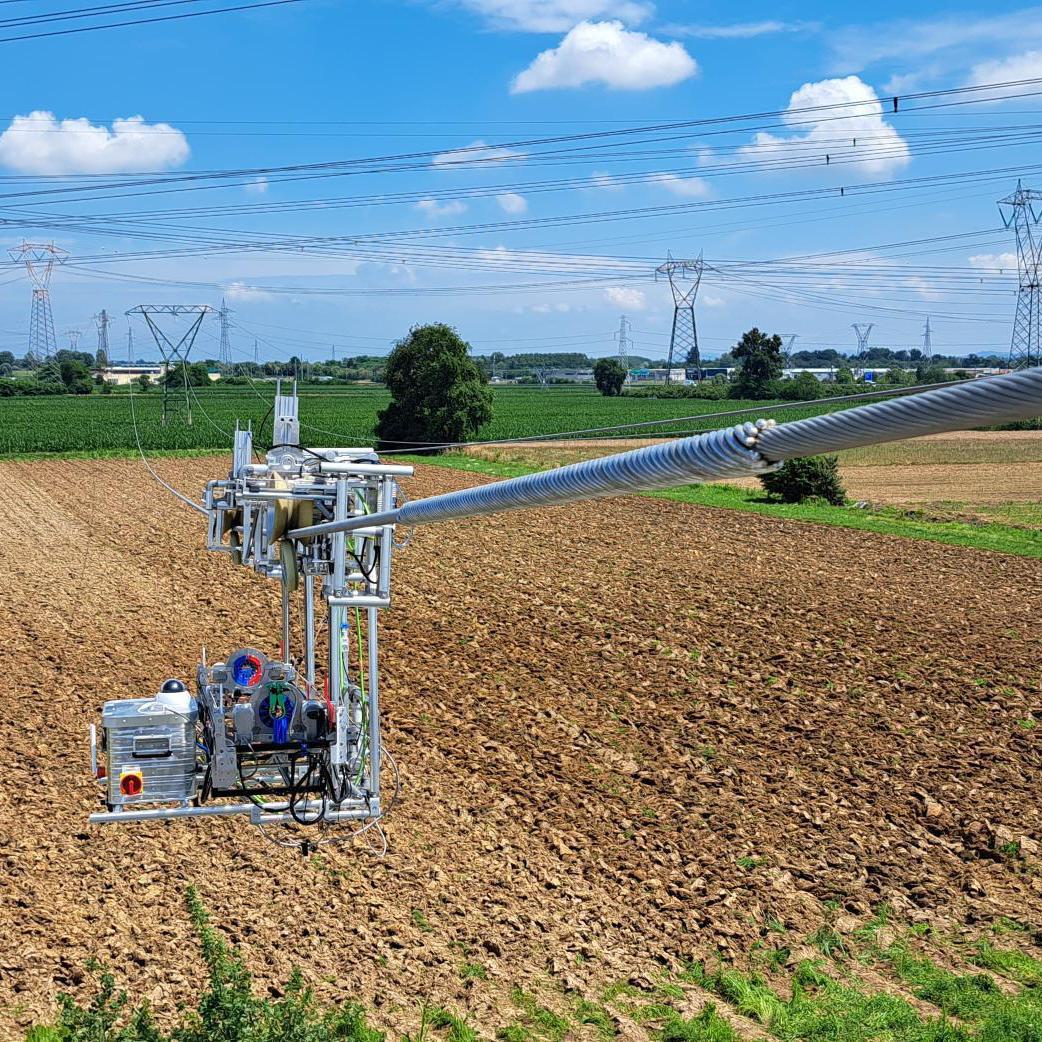We have seen robots running, cooking, playing musical instruments and replying to customer chat queries. Or performing even more complex and functional tasks such as moving packages in warehouses, assisting the elderly and even undertaking house construction tasks. Robots now do anything and everything, and Italian national electricity transmission grid manager Terna has decided to put them to work for the general good by using them also for electricity grid maintenance. This becomes an increasingly complex matter in a time when infrastructure quality and resilience act as a defensive bulwark for energy transition, protecting against the consequences of climate change.
That's why Terna’s 70-odd ongoing innovation projects also include the study and testing of innovative robotics solutions to support activities in this field, particularly in “operation & maintenance” processes. The robot in this case comes from Japan, the result of a collaboration with the Japanese company Hibot. They developed an initial prototype that could move on the conductors (the high-voltage cables supported by pylons and carrying electricity) and on the shield wires (the parts protecting against electrical discharges from lightning, etc.) of overhead power lines. They are thus able to carrying out maintenance activities even when the lines are in operation and transmitting electricity. A very hazardous task that must be performed with the utmost care and safety at every step.
The automated solution was tested in 2024 on the systems of the Rondissone electrical substation, in the province of Turin. Initial tests ended successfully, aided by the robot’s special automatic tools, with the installation of components on the power line conductors and on the shield wires. The activity specifically involved checking the current status of the prototype's functionality, through tests on the pre-formed bars installed on the electricity-bearing cables, and tests on the shield wire warning spheres.
